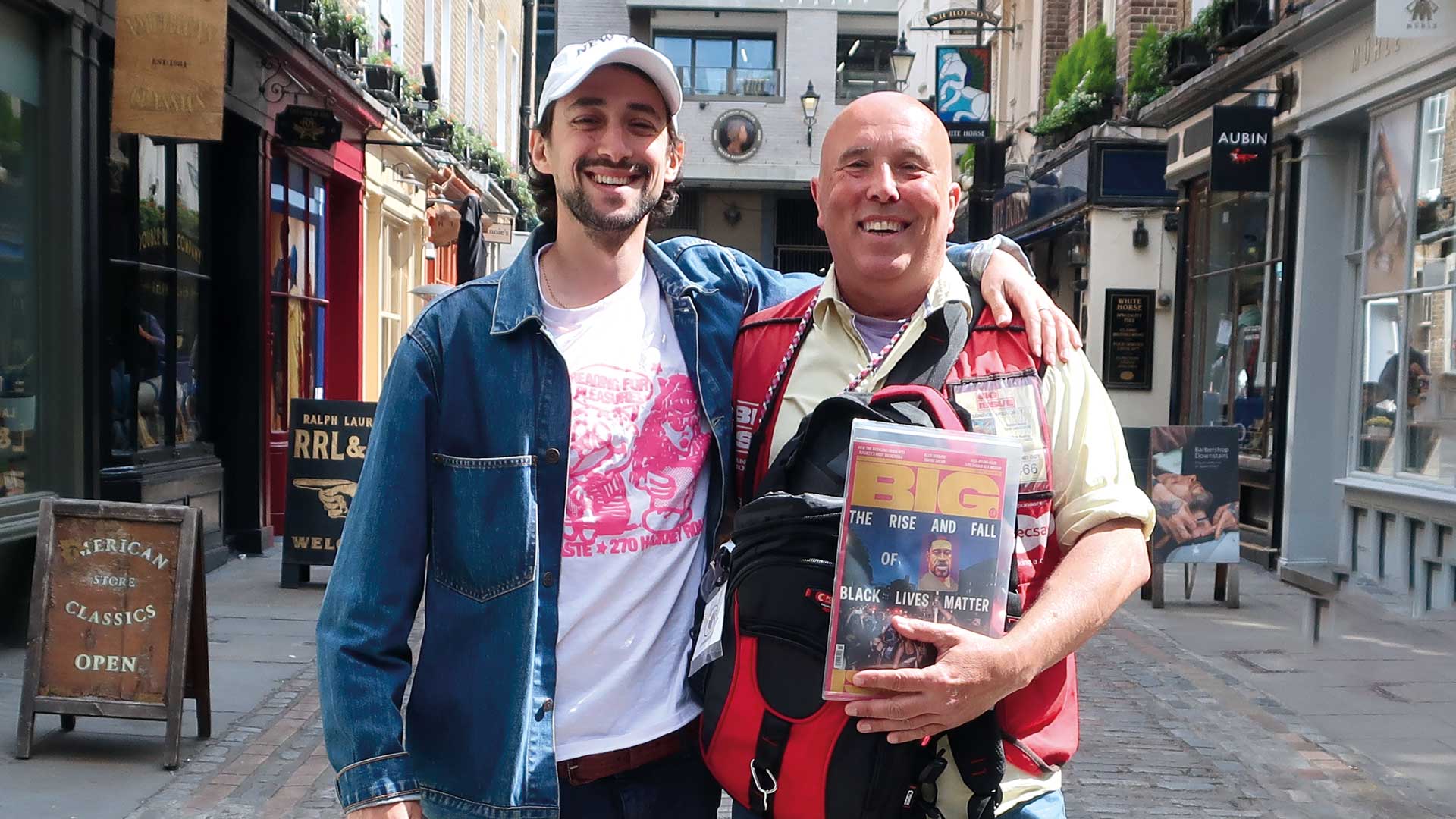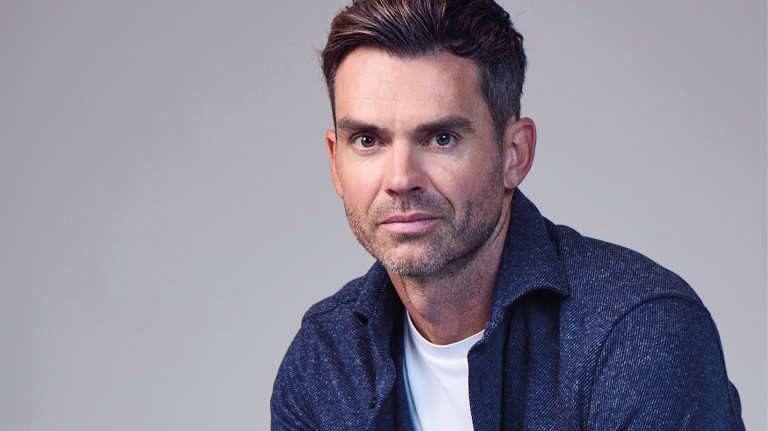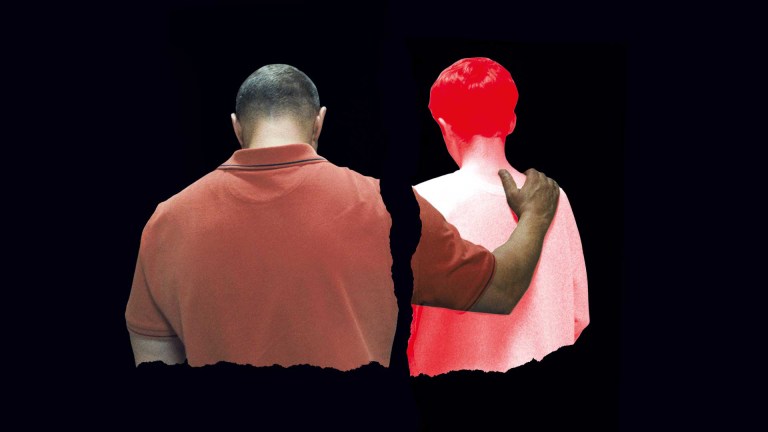In the 1870s, when inventor Alexander Graham Bell was hard at work developing the telephone, his research partner Thomas Watson was investigating whether this radical new technology could be used to contact the dead. He was unsuccessful – but the ability of the telephone to connect those who would otherwise remain forever disconnected survives. In the hands of Joe Bloom, creator of Instagram account A View, From a Bridge, a red, retro phone handset cuts through the impersonal noise of the internet as people share intimate meditations on their lives and the world.
“I felt we were missing an internet show that really focused on an individual, rather than focusing on the person presenting the show,” says Bloom. “I remember amazing projects from the earlier internet – Humans of New York is a really obvious one – where it was really all about the subjects, and I wanted to find a way of breathing that back into the modern form of video.”
The telephone is a vital component. “I guess it just makes someone feel like they’re talking to a friend or a relative, and it’s nostalgic, isn’t it? And it doesn’t feel like you’re watching someone being interviewed. It feels like you’re having a conversation.”
Read more:
- How social media has changed our world
- ‘We get sick, Meta get rich’: Why the ‘guinea pig generation’ wants Labour to tax social media giants
- Is TikTok’s ‘Sleepmaxxing’ trend yet another wellness fad – or is it glorifying SAD?
This emerges from the production process. Musings are drawn from “a natural two-way conversation that goes on many tangents. Often, we start with a talking point and then just see where that exploration takes us, and it’s always surprising.”
Bloom is careful to keep the conversations rooted in humanity over ideology. “The most important thing for us is that every story has to be backed by lived experience. A lot of people want to come on and sort of say big statements because they really care about the message behind the statement, and that’s cool, but anyone can do that. We all know the opinions of the right, the left, the centre. But it’s about understanding what births those opinions.”










